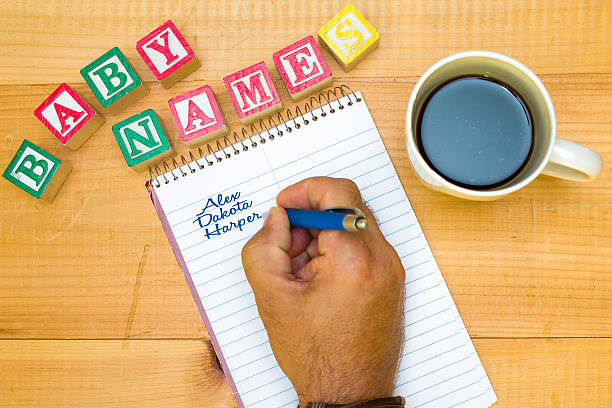When a drowning accident happens
Drowning can happen in as little as 20 seconds, even in water that is only inches deep. Therefore, timing is critical when it comes to saving a child from a


Most children are drawn to water. It’s sparkly, things float in it, and it is also fun to splash. But water can also be deadly. Anyone can have a water-related accident; even children who know how to swim.
Drowning can happen quickly and quietly anywhere there is water. It is, therefore, important not to leave children unattended in the pool or near it. Always designate a responsible adult to watch young children while in the pool and give strict instructions that the adult should not be involved in any other distracting activity such as talking on the phone or reading a book while supervising children.
In case you have a swimming pool in your compound it is wise to have barriers around it to prevent young children from gaining access o he pool area without your knowledge. Enure the fence is at least four feet high to make it out of reach of children. Also, consider additional barriers such as automatic door locks and alarms to prevent access or alert you if someone enters the pool area.
In case drowning happens…
In an emergency, your first priority is to get your drowning child out of the water as quickly as possible. If he/she isn’t breathing, place him on his back on a firm surface and immediately begin rescue breathing. Have someone call for help. Don’ t assume it’s too late to save a child’s life just because he is unresponsive. Just continue trying to resuscitate him until a medical professional takes over.
Try and open your child’s airway by gently tilting his head back with one hand and lifting his chin with the other, then look out for signs of breathing. Put your ear on the child’s mouth and nose and look, listen and feel for signs of breathing. If he doesn’t seem to be breathing and ids aged under eight years or is an infant, give a mouth-to-mouth resuscitation. As you do this, look for the rise and fall of his chest. For a child who is over a year old, pinch his nose and seal your lips over his mouth. Give two slow full breaths and wait for the chest to rise and fall before giving the second breath.
Check for a pulse every minute and continue to give mouth-to-mouth resuscitation until the child is breathing on her own or help arrives. If the chest doesn’t rise, try again. Retilt the head, lift the child’s chin and repeat the breaths.
Drowning can happen in as little as 20 seconds, even in water that is only inches deep. Therefore, timing is critical when it comes to saving a child from a near drowning experience. If enough oxygen is not being delivered to his brain, severe damage can occur within a few minutes. Also, if his heart has stopped beating for more than ten minutes, then chances of survival are greatly. Every minute counts, so call for help even as you administer first aid.





